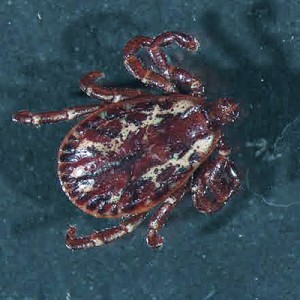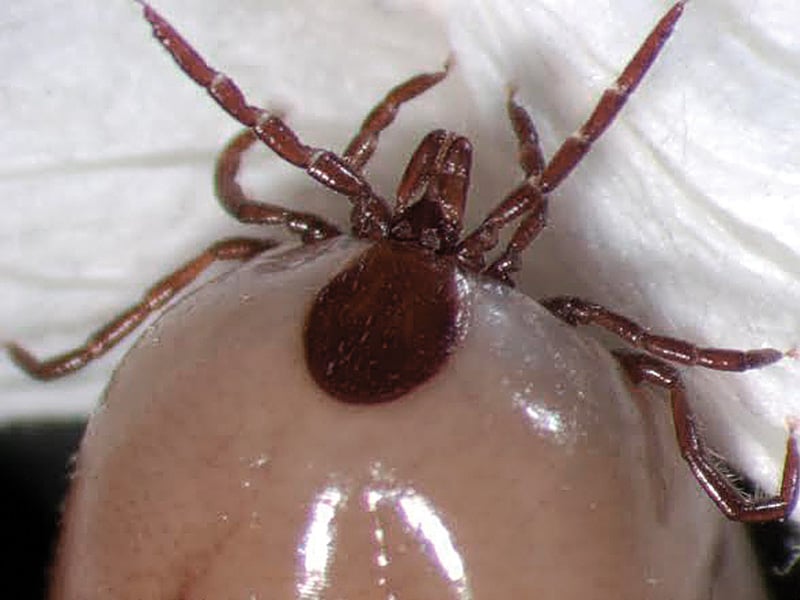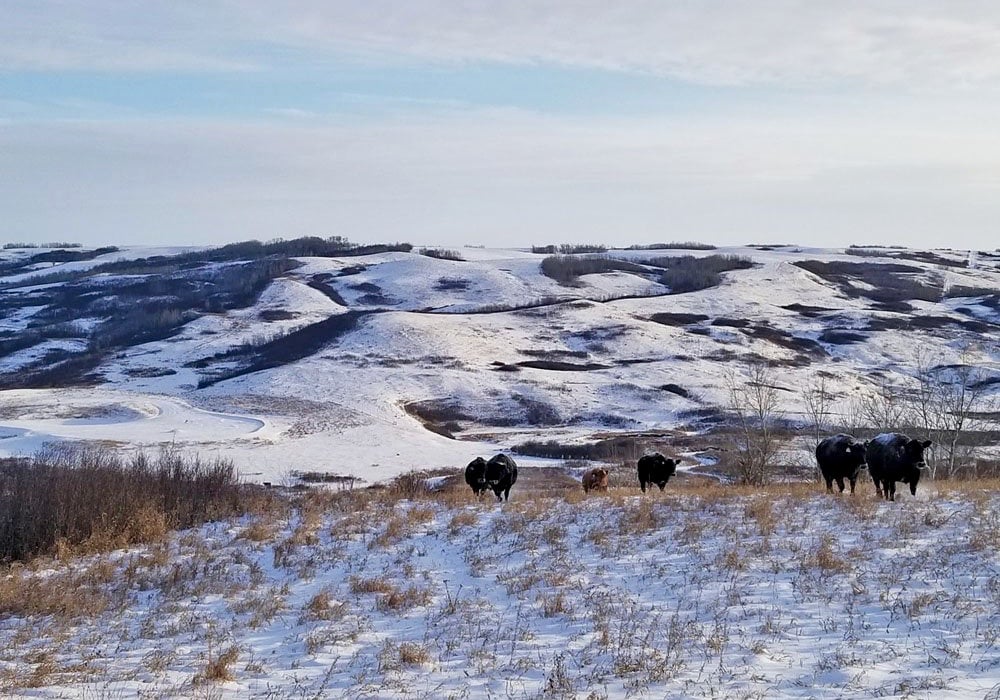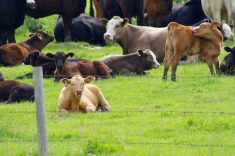Spring brings sunny days and barbecues, but also nasty creepy crawlies, including ticks.
Provincial officials are running a tick surveillance program, and urging anyone who finds a tick to contact their local veterinarian or public health office so it can be tested.
“Ticks can do a number of things — the biggest concern we have about ticks is that they can carry disease and are vectors of certain diseases,” said Dr. Gerald Hauer, provincial veterinarian with Alberta Agriculture.
“Some examples of that are Lyme disease and anaplasmosis. But those aren’t the only diseases they can carry.”
Read Also

Grazing ‘sweet spot’ boosts pasture performance
Timing-focused approach to pasture management touted to boost forage growth, livestock gains while also cutting farmer labour and inputs
Anyone who notices a tick on an animal or themselves should pull it off with tweezers, getting as close to the skin as possible. Twisting or jerking the bug is not recommended. If a livestock animal has a large number of ticks, they can be treated with spray-on medications after a tick has been submitted.
Ticks, which are found across the province, often feed on more than one animal, transferring bacteria and diseases along the way. The bodies of females can become so engorged “sometimes it looks like raisins on the back of the animal,” said Dr. Darrell Dalton, registrar with the Alberta Veterinary Medical Association.
“You’ll see moose come out in the spring that are covered in little bumps because of all the ticks feeding off of them,” he said. “You get enough of them and it will drag the animal right down and they’ll become anemic. The same thing can happen with some of our livestock.”
- From the Canadian Cattlemen: Animals front and centre on emerging human diseases
There are several different varieties of ticks and some of them are more harmful than others. The ixodes tick, which carries Lyme disease, is thought to have arrived in Alberta in the last several years.
“Certainly, we’ve had a couple cases of Lyme disease in dogs, specifically in the Edmonton area,” said Dalton.

Dogs with Lyme disease may exhibit stiffness or lameness in their hind end. Horses, cattle and sheep can get Lyme disease, but it tends to be rare.
“As far as I’m aware, we’ve never recognized that in Alberta, but there are some other diseases that could be spread to livestock through ticks,” said Hauer.
Anaplasmosis, which affects cattle, is one. The bug is a parasite that lives in red blood cells, eventually causing their death which results in production losses, severe anemia and even death. The disease is no longer classified as reportable by the Canadian Food Inspection Agency, but is still considered serious. Hauer cautions anyone buying cattle from another area to talk to their veterinarian about the risk of anaplasmosis.
“What we don’t want to do is have someone bring anaplasmosis back with some cattle and spread it with the tick population that’s currently here,” said Hauer.
For more information on ticks in humans and the ‘submit a tick’ program, visit the Alberta Health website.
















